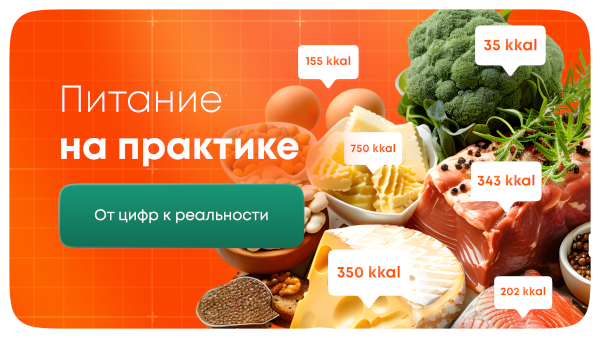Робот писал(а): 25 дек 2020, 13:03
Nutrients, Vol. 13, Pages 42: Effects of Maternal Fiber Intake on Intestinal Morphology, Bacterial Profile and Proteome of Newborns Using Pig as Model
Nutrients doi: 10.3390/nu13010042
Authors: Ying He Xie Peng Yang Liu Qing Wu Qiang Zhou Liang Hu Zhengfeng Fang Yan Lin Shengyu Xu Bin Feng Jian Li Yong Zhuo De Wu Lianqiang Che
Dietary fiber intake during pregnancy may improve offspring intestinal development. The aim of this study was to evaluate the effect of maternal high fiber intake during late gestation on intestinal morphology, microbiota, and intestinal proteome of newborn piglets. Sixteen sows were randomly allocated into two groups receiving the control diet (CD) and high-fiber diet (HFD) from day 90 of gestation to farrowing. Newborn piglets were selected from each litter, named as CON and Fiber group, respectively. Maternal high fiber intake did not markedly improve the birth weight, but increased the body length, the ileal crypt depth and colonic acetate level. In addition, maternal high fiber intake increased the α-diversity indices (Observed species, Simpson, and ACE), and the abundance of Acidobacteria and Bacteroidetes at phylum level, significantly increased the abundance of Bradyrhizobium and Phyllobacterium at genus level in the colon of newborn piglets. Moreover, maternal high fiber intake markedly altered the ileal proteome, increasing the abundances of proteins associated with oxidative status, energy metabolism, and immune and inflammatory responses, and decreasing abundances of proteins related to cellular apoptosis, cell structure, and motility. These findings indicated that maternal high fiber intake could alter intestinal morphology, along with the altered intestinal microbiota composition and proteome of offspring.
Source:
https://www.mdpi.com/2072-6643/13/1/42
Питательные вещества, Vol. 13, страницы 42: Влияние потребления материнской клетчатки на морфологию кишечника, бактериальный профиль и протеом новорожденных с использованием свиньи в качестве модели
Питательные вещества doi: 10.3390 / nu13010042
Авторы: Инь Хе Се Пэн Ян Лю Цин Ву Цян Чжоу Лян Ху Чжэнфэн Фанг Ян Линь Шэнъюй Сюй Бинь Фэн Цзянь Ли Юн Чжуо Де Ву Лянцян Че
Потребление пищевых волокон во время беременности может улучшить развитие кишечника у потомства. Целью этого исследования было оценить влияние высокого потребления клетчатки матерью на поздних сроках беременности на морфологию кишечника, микробиоту и протеом кишечника новорожденных поросят. Шестнадцать свиноматок были случайным образом разделены на две группы, получавшие контрольную диету (CD) и диету с высоким содержанием клетчатки (HFD) с 90-го дня беременности до опороса. Новорожденных поросят отбирали из каждого помета, обозначая соответственно как CON и Fiber group. Высокое потребление клетчатки матерью не привело к заметному увеличению массы тела при рождении, но увеличило длину тела, глубину подвздошной крипты и уровень ацетата толстой кишки. Кроме того, высокое потребление клетчатки матерью увеличивало индексы & alpha; -разнообразия (наблюдаемые виды, Симпсон и АПФ), а численность Acidobacteria и Bacteroidetes на уровне филума значительно увеличивала численность Bradyrhizobium и Phyllobacterium на уровне рода в толстой кишке. новорожденные поросята. Более того, высокое потребление клетчатки матерью заметно изменило протеом подвздошной кишки, увеличив количество белков, связанных с окислительным статусом, энергетическим метаболизмом, иммунными и воспалительными реакциями, и уменьшив количество белков, связанных с клеточным апоптозом, клеточной структурой и подвижностью. Эти результаты показали, что высокое потребление клетчатки матерью может изменить морфологию кишечника, наряду с изменением состава кишечной микробиоты и протеома потомства.
Источник:
https://www.mdpi.com/2072-6643/13/1/42

